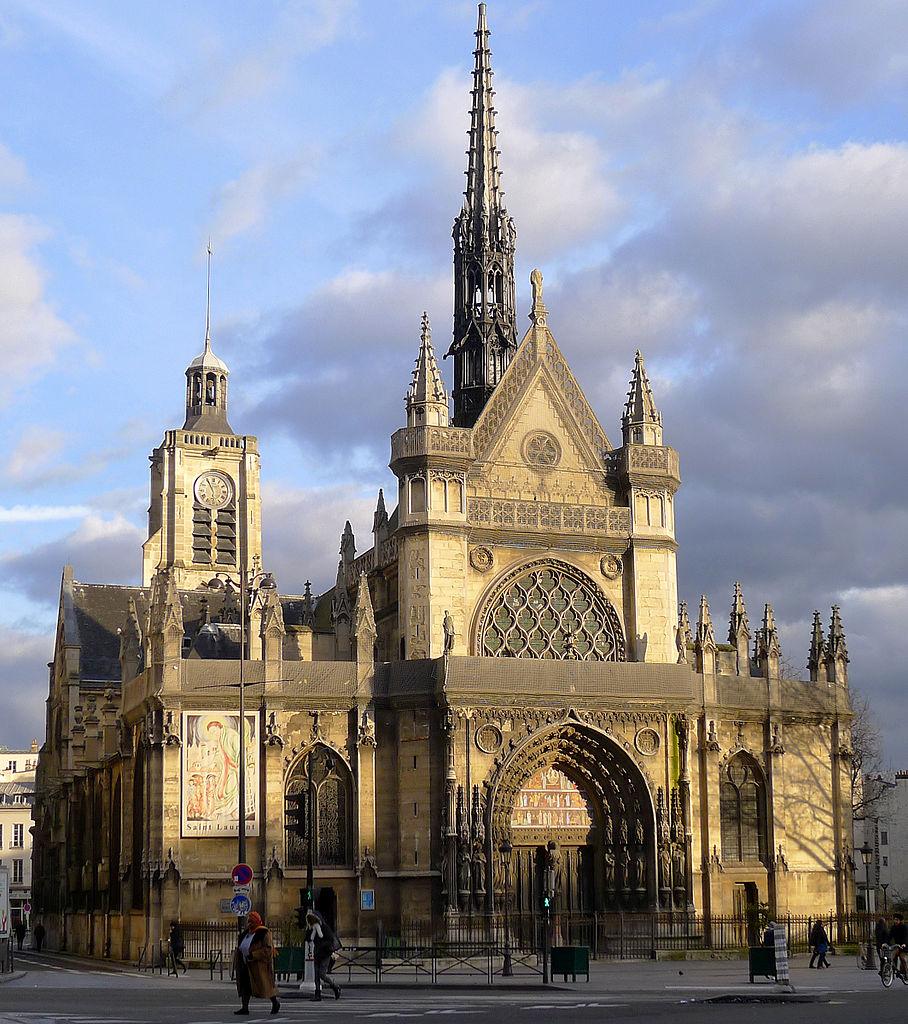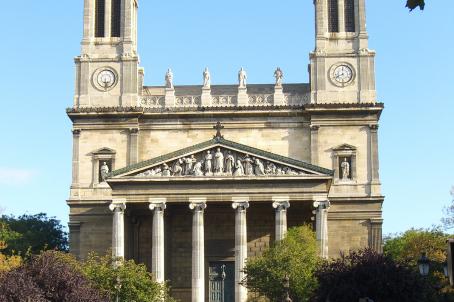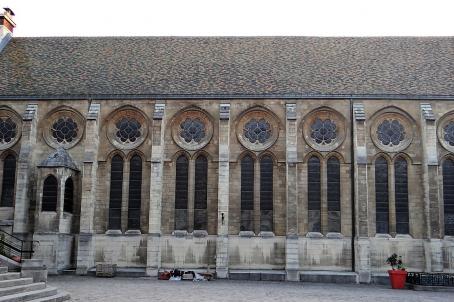Church of Saint-Laurent

According to Saint Gregory of Tours, the church was built on the traces of an ancient road. Indeed, it seems that the base of the bell tower is the oldest vestige. The choir was consecrated in 1429 and six chapels may have been added in 1548. In 1621, the priest Pierre d'Hardivilliers signed a contract for the erection of a gate and, undoubtedly, the completion of the northern collateral. The chapels on the south side were built in 1645, at the same time as a mass grave (cemetery). The vault and roof structure were completed between 1655 and 1660 and the parish was built at the beginning of the 18th century. The breakthrough of the Boulevard de Magenta decided by Haussman led to the destruction of the 17th century gate. When Boulevard Magenta was opened, the church was enlarged by a span and Simon-Claude Constant-Dufeu, applying the principles of unity of style of Viollet-le-Duc, and at the Empress's request, built the current neo-Gothic façade between 1862 and 1865. The entrance span and the spire that covers it were built in 1870.





